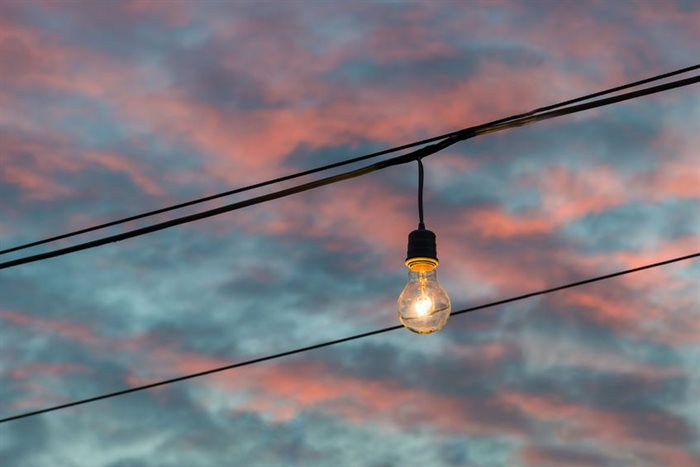
During his recent State of the Province Address, Winde announced that he had asked the provincial treasury to allocate R1bn to support the Western Cape's response to the energy crisis, which includes the development of its own Integrated Resource Plan.
On the National State of Disaster, he said the province is currently wading through the recently released regulations to see how they could be used to create an enabling environment to bring as much power onto the grid as quickly as possible.
"We've agreed that if there are any other issues, we can raise them again with national government, so we might need to tweak some of these regulations. We've also asked our parliament to make sure that there will be oversight in a special ad hoc committee. Our treasury will report on any spending that takes place during this crisis or spending that is enabled through the disaster itself," he said.
Winde was joined by former Eskom manager Alwie Lester who now serves as a special advisor on the Western Cape government's Energy Council.
Analysing data shared by Eskom, Lester said the utility's confidence levels in forecasting its ability to meet the national energy demand had dropped over the last year or so. In its forecasting, Eskom has added a factor of 13,000MW/day to its unplanned outage assumption, i.e., unplanned activities at its generating plants.
"What's important to note here is that 13,000MW out of a base of 43,000MW is a fairly high percentage for unplanned maintenance. Your planned maintenance normally sits at about 5-10% maximum on a daily basis, so that should be about 4,300MW. Your unplanned is typically 10% as well. But what you're seeing here is 20% of unplanned activities, which is extremely high," Lester said.
"This is an indication that you've got a failing plant. It is also an indication that your maintenance regime is not effective because what you're fixing, when it comes back, it doesn't stay on the grid long enough for you to meet that particular demand."
Currently, renewable energy adds 6,000MW to the country's supply base - 10% of total installed capacity, noted Lester. And this is likely to increase to 20-25% based on South Africa's current ambitions.
Growth in renewables, however, means that the reliability of the existing baseload and infrastructure, particularly the power stations, is less, he said. "It is becoming critical for us to understand that this is not actually dependable, and we have to start looking at alternative options."
Winde said that, in this context, it's critical to now set energy resilience targets for the province over the short, medium and long term.
"It's also about how we make sure that the money we're getting appropriated - that R1bn - is being spent where it is going to make the biggest difference possible to get us as resilient as quickly as possible across the province," he said.
